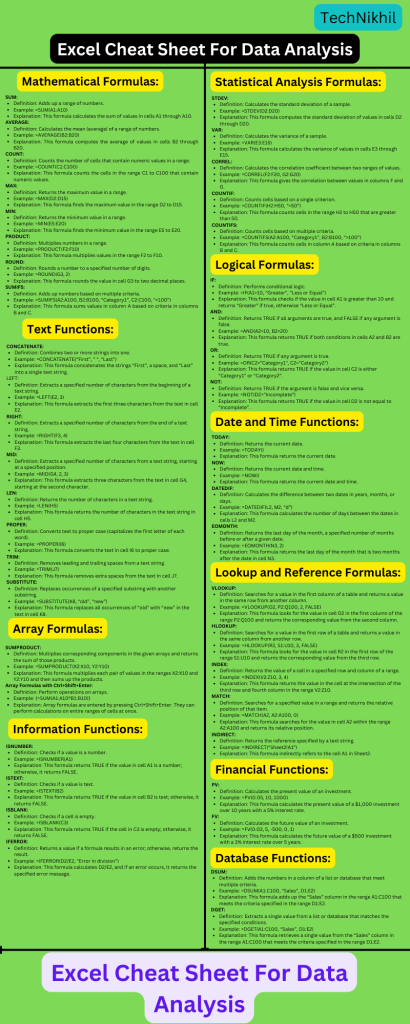Types of OLAP Systems in DBMS

Online Analytical Processing (OLAP) systems are software technologies used to analyze business data from different perspectives. OLAP combines and groups data from multiple sources to provide actionable insights for strategic planning. OLAP is important because it helps organizations make faster decisions, supports non-technical users in data analysis, and provides an integrated view of data across different business units.
1. Multidimensional OLAP (MOLAP): MOLAP involves creating a data cube that represents multidimensional data from a data warehouse. Pre calculated data is stored in the cube, enabling fast analysis.
2. Relational OLAP (ROLAP): ROLAP allows for multidimensional data analysis on a relational database. SQL queries are used to retrieve specific information based on required dimensions. ROLAP is suitable for analyzing extensive and detailed data, but query performance can be slower compared to MOLAP.
3. Hybrid OLAP (HOLAP): HOLAP combines MOLAP and ROLAP to provide the best of both architectures. It allows for quick retrieval of analytical results from a data cube and extraction of detailed information from relational databases.
OLAP systems are built using various elements:
– Data Warehouse: A data warehouse collects information from different sources and processes it for analytical purposes.
– ETL Tools: Extract, Transform, and Load (ETL) tools are used to retrieve, transform, and prepare data for analytical purposes before it is stored in an OLAP cube.
– OLAP Server: The underlying machine that powers the OLAP system. It uses ETL tools to transform information and prepare it for OLAP operations.
– OLAP Database: A separate database that connects to the data warehouse. It is used to prevent the data warehouse from being burdened by OLAP analysis and to facilitate the creation of OLAP data models.
– OLAP Cubes: Models representing multidimensional arrays of information. OLAP cubes provide a structured way to store and analyze multidimensional data.
– OLAP Analytic Tools: Tools used by business analysts to interact with the OLAP cube and perform operations such as slicing, dicing, and pivoting to gain deeper insights.
OLAP operations performed on a multidimensional OLAP cube include:
– Roll up: Summarizing data for specific attributes.
– Drill down: Moving downward in the concept hierarchy to extract more detailed information.
– Slice: Creating a two-dimensional view from the cube by selecting specific dimensions.
– Dice: Creating a smaller sub cube by selecting specific dimensions.
– Pivot: Rotating the cube along one of its dimensions to gain a different perspective.






Pingback: Types of OLAP Systems in DBMS | Nikhil Kumar | ...